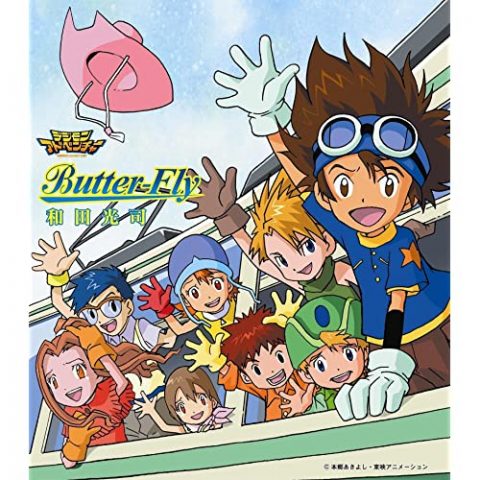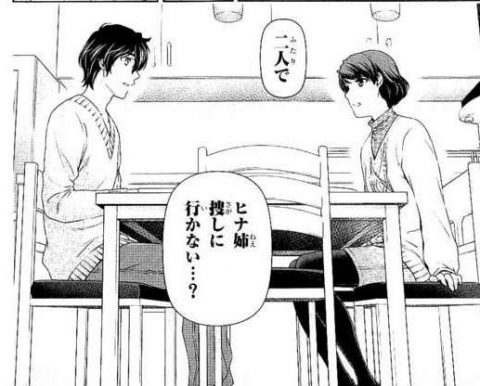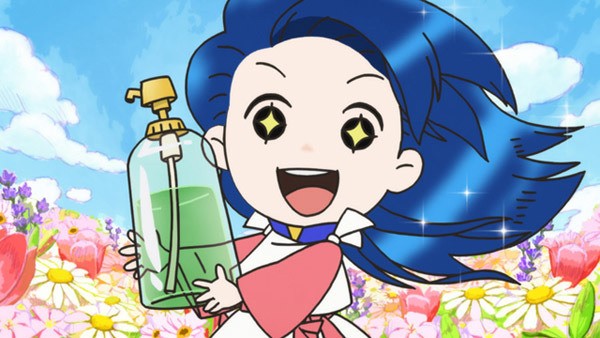In "Shadow House," a story about a group of unique living dolls and quirky shadows who connect with each other and engage in a power struggle in the strange mansion known as "Shadow House," it's a very thought-provoking show, featuring characters known as "shadows" who are all pitch black, and the story progressing without much explanation at the beginning. The pitch-black shadows in particular have complex settings and their expressions are unreadable, making them quite elusive characters. So, in this article, I'd like to consider the themes of this show, the most complex of the season, and the themes of the Shadow family as a work in itself.
The Otherness of Shadow House
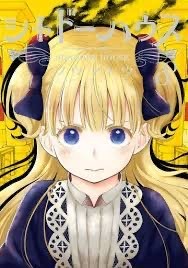
Now, before I explain the theme of this work, I would like to first point out that it is quite different from other works. Even among the many elaborate anime works that have appeared in recent years, this work stands out for its particularly unique aspects.
Faceless characters are quite risky!?
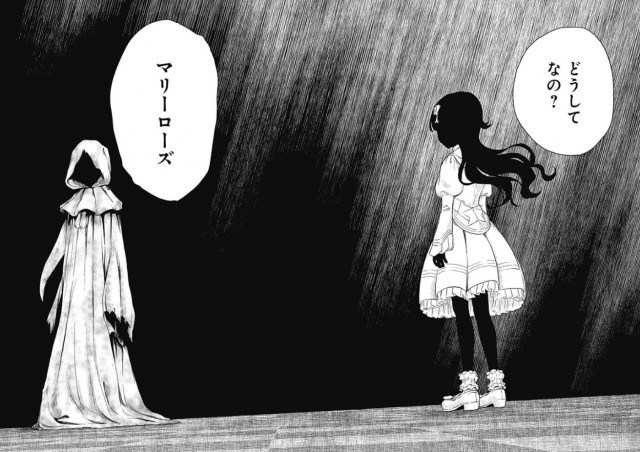
First and foremost, the unique aspect of this work is the Shadow Clan, who appear as the main characters. Not only are their faces covered in black, but their entire bodies are. Isn't it rare to see a work that features so many characters dressed entirely in black?
The only way to explain emotions is through tweets

This is because if you paint a face completely black, you can't depict facial expressions. Unlike anime, you can express a character's emotions through the tone of their voice, but that's not possible in manga. You have no choice but to use the character's facial expressions to convey their feelings.
A Bold Choice
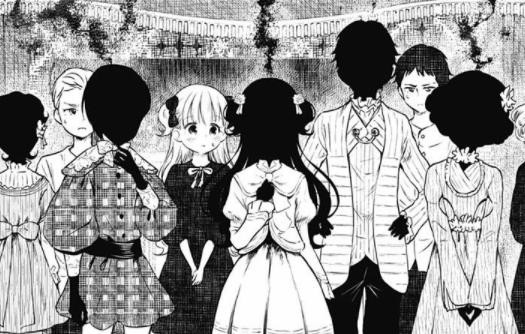
In a manga with such unique characteristics, isn't it a pretty bold choice to turn nearly half of the main characters into No-Faces?
There must be some kind of message
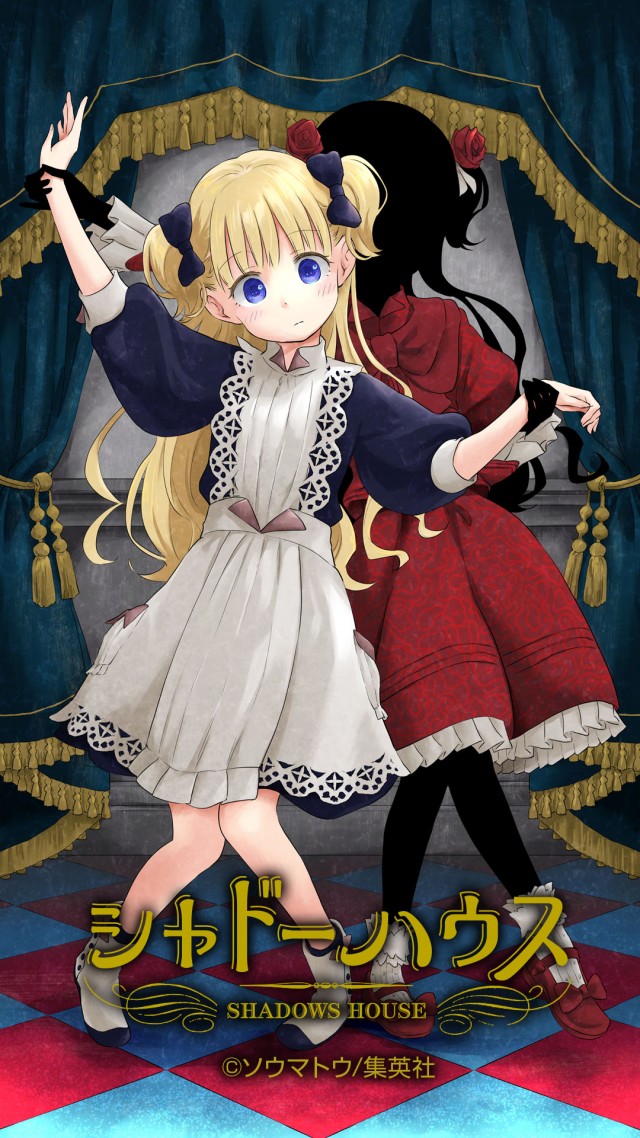
Naturally, such a bold choice must mean that there is a setting or message that can be conveyed by not depicting faces, even at that risk. From here, I would like to consider what the author is using as a metaphor for the Shadow Clan.
What era does this work depict?
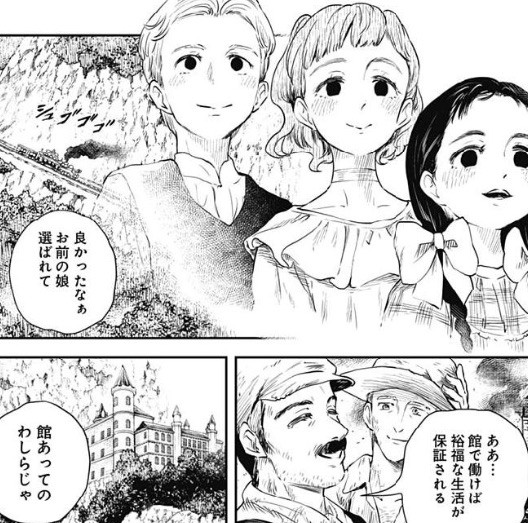
To consider the theme of this work, we must first consider the era in which it is set. By considering the time period in which "Shadow House" is set, we can consider the work based on the global trends of that era.
The Industrial Revolution?
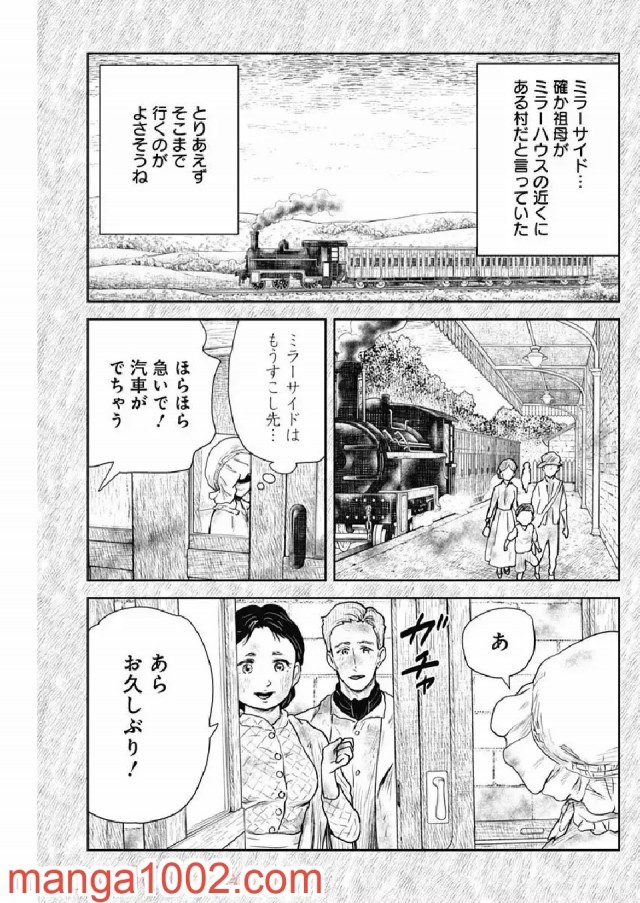
It's not that difficult to determine the time period in which this work is set. Everything in the story is powered by steam engines. This means that it is likely set in a world where the concept of electricity did not yet exist. Furthermore, the aristocracy still owned land, so perhaps the story is set in the West during the Industrial Revolution, when steam engines were just beginning to spread around the world?
The Fall of the Aristocracy and the Industrial Revolution
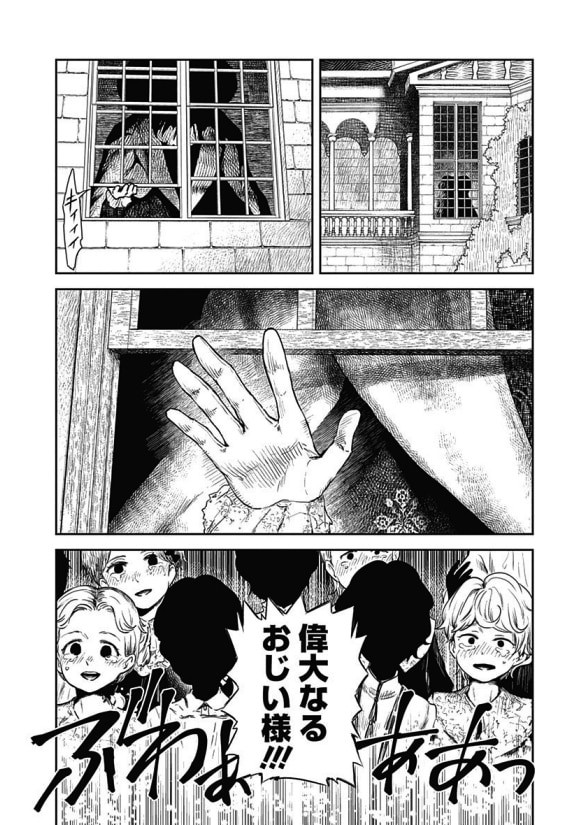
With that in mind, it makes sense why the word "aristocracy" appears frequently in this work, yet there are no proper aristocrats. The Industrial Revolution was a time when the feudal system collapsed, and it was a time when aristocrats fell into decline and disappeared.
What is the Industrial Revolution?
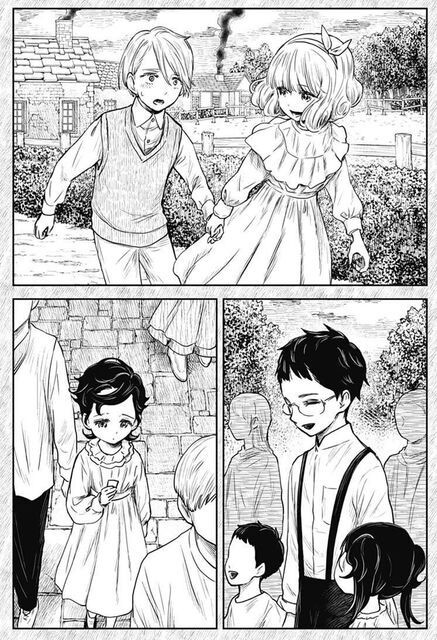
Now, let me introduce you to the world of the Industrial Revolution, the setting of this work.
The power balance between the nobility and the common people is upset
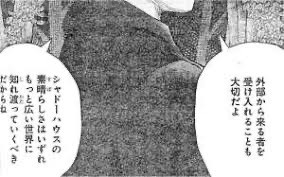
As mentioned earlier, the Industrial Revolution was, in short, a time when the power balance between the common people and the nobility was upset.
Land and Factories
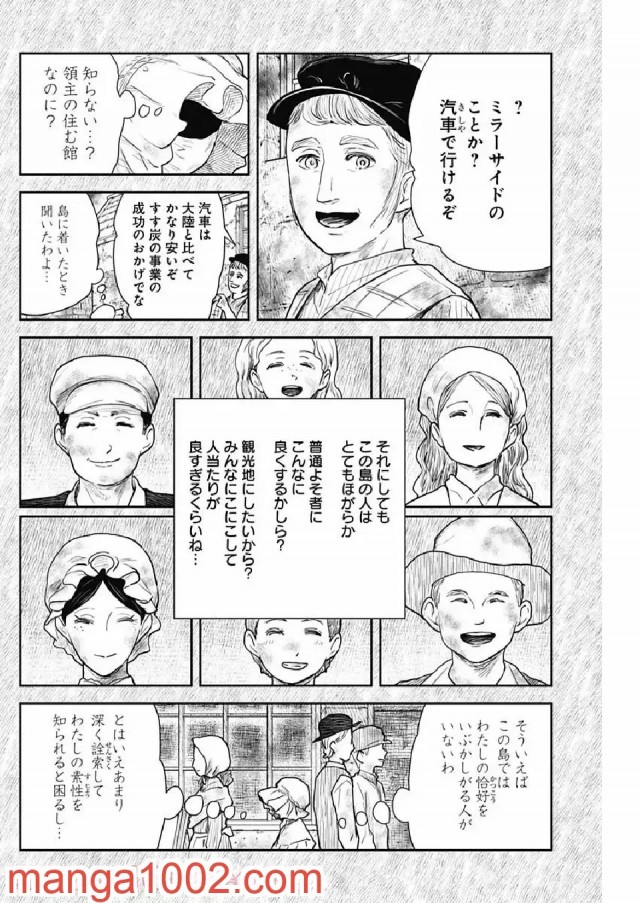
Until then, aristocrats who owned land amassed wealth. However, with the invention of the steam engine and the birth of industry, a small group of commoners who owned factories gained more power than the landed aristocrats.
Kate's Family
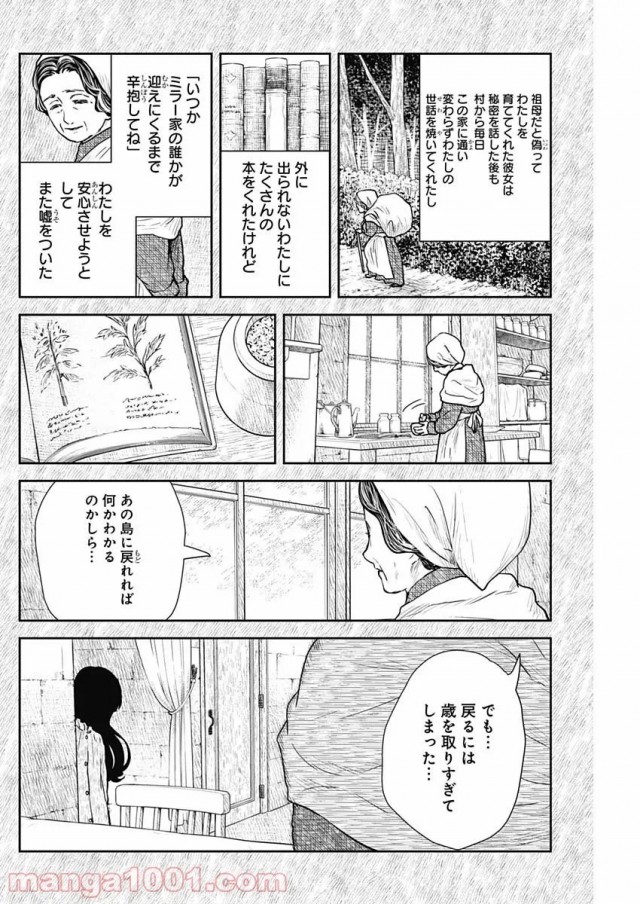
As mentioned in the story, Kate's family was originally ordinary humans and of the noble class. However, it is said that the family was wiped out by a mysterious pathogen that attacked the residents. At the time, many noble families, like Kate's family, fell into ruin for various reasons.
The Impact of Coal as an Energy Source
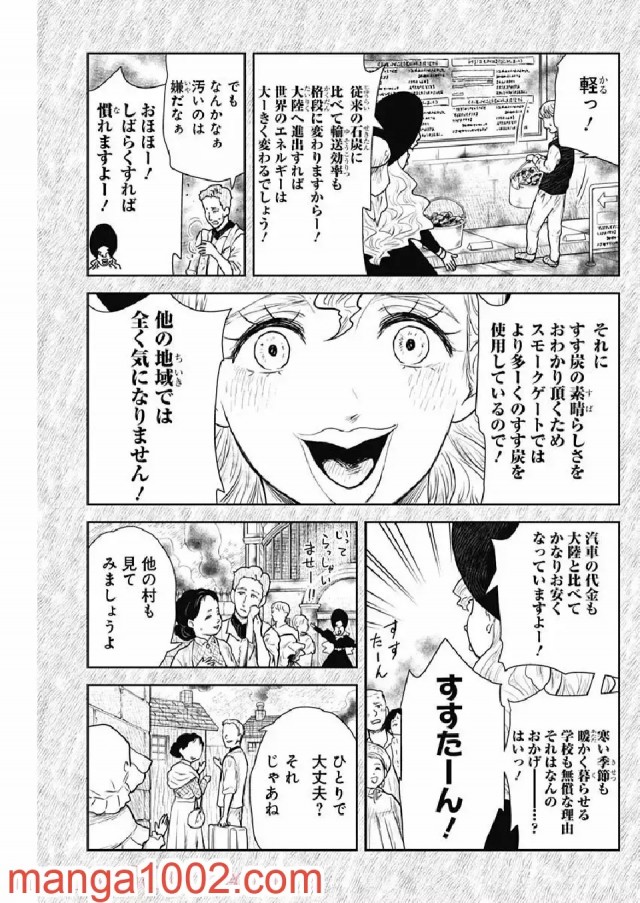
In this way, the Industrial Revolution, thanks to the steam engine and the coal it powered, dramatically changed not only the industrial structure but also the structure of nations and cultures. This film depicts the turbulent times of the Industrial Revolution.
School Education and Industry
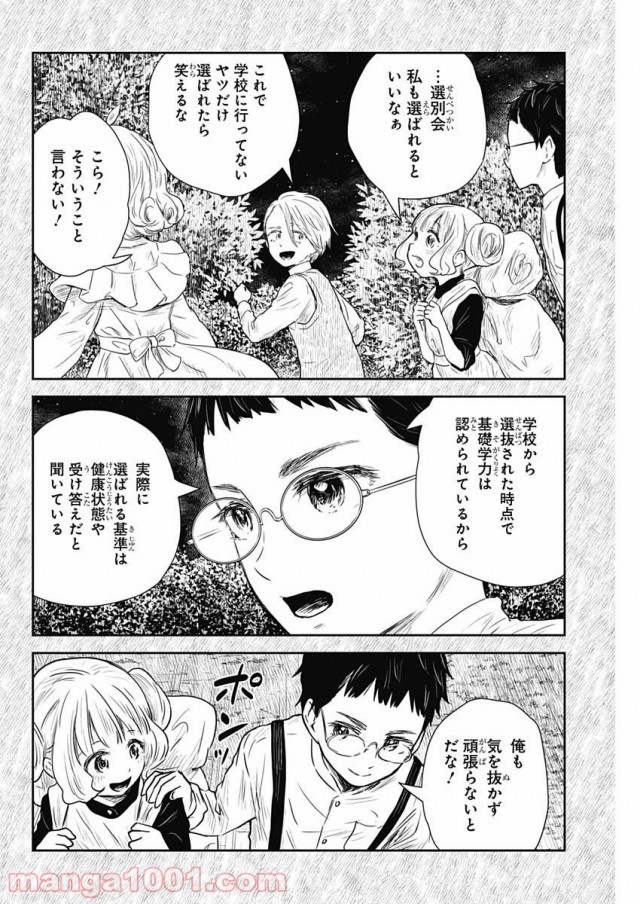
One change that deserves special attention is the change in the school system. The Industrial Revolution was a time when many factory workers were needed. This created a need to develop the skills necessary to engage in work that had not previously been necessary. The school system was born out of this rapid change.
The Gentry: More Cruel than the Aristocracy
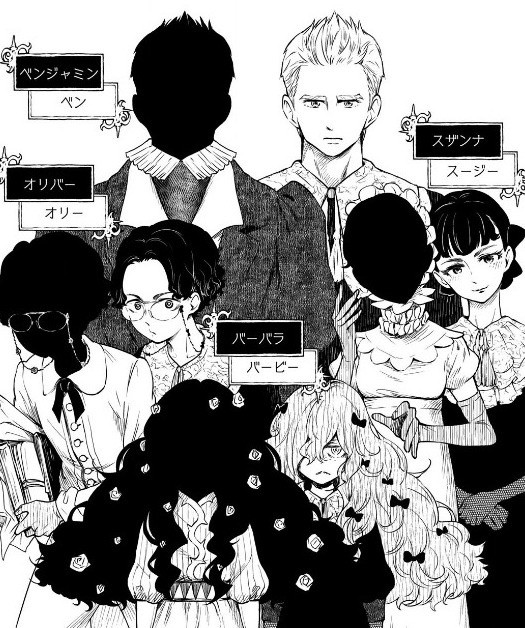
The commoners who owned factories at the time were called the gentry, and the Industrial Revolution was truly their time. They educated peasants to become workers through schooling, and then made their fortunes by forcing them to do hard labor in factories. At times, they could be said to have been even crueler than the aristocracy.
A Family Stained Not by Blood, but by Soot
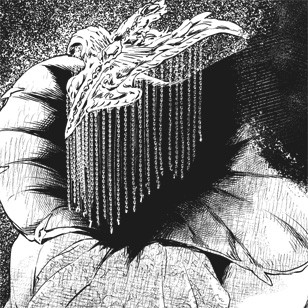
The aristocracy that once controlled the world has shifted from gaining status by mobilizing people for war to gaining power through hard labor. From this perspective, the Shadow Clan, who have driven out the nobility and subjugated the people by brainwashing them, are closer to the gentry.
Thinking About Coffee
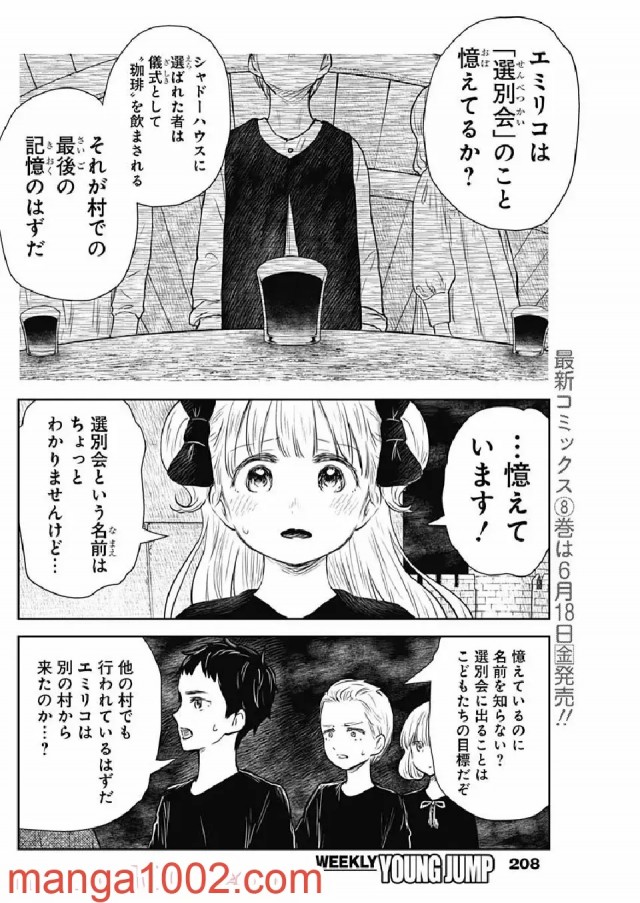
Now, let's consider coffee, which plays an important role in this work. First, let's introduce what coffee is. The coffee that appears in this work is special, imbued with soot-like abilities. However, digging deeper into the history of coffee will be necessary to get closer to the mystery of why the brainwashing drug was modeled on coffee in the work.
Once a Secret Medicine
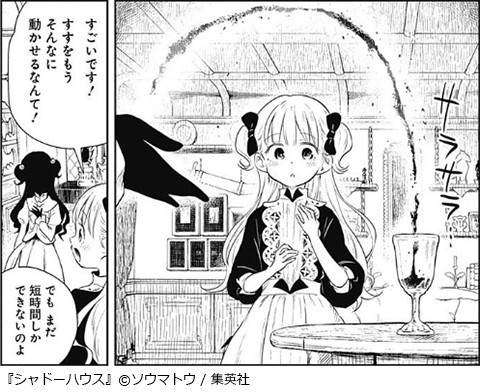
Coffee is a drink that originally originated in Arabia. It spread to the Arab region and was treated as a secret medicine that only the aristocracy could enjoy. In this way, coffee was originally treated as a special drink, as depicted in this work.
The Spread of Factory Work Around the World
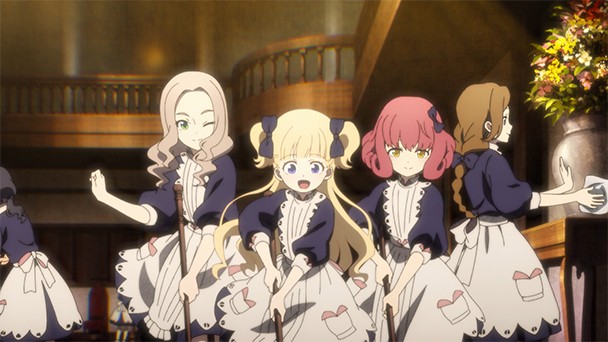
Just like the coffee featured in this film, coffee was also treated as a secret medicine in real life. It was during the Industrial Revolution that coffee began to spread to the general public. Looking at the history of coffee, the Industrial Revolution was a period of transition.
Brainwashing Coffee
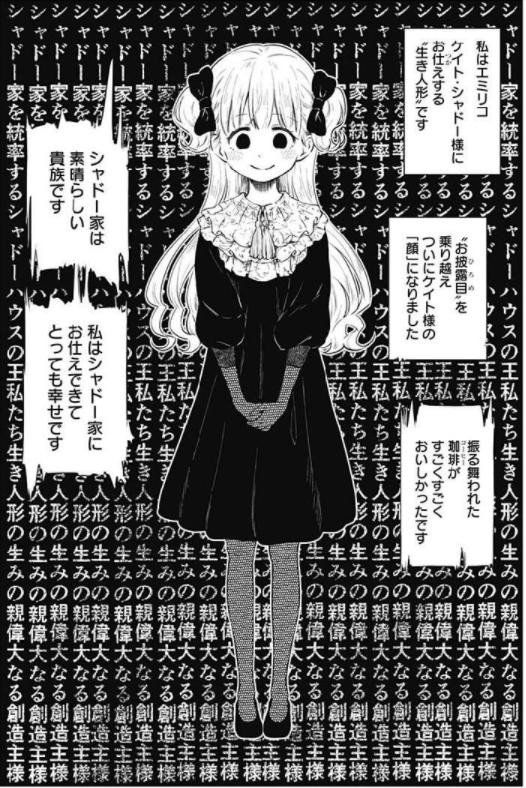
Coffee contains caffeine, which has a stimulating effect, making it a valuable commodity for workers who wanted to work longer hours. The reason why ordinary people started drinking so much coffee was to encourage workers to work more efficiently, just like school education. If we consider the reasons for coffee's popularity in this work, it makes sense that it was used as a brainwashing tool for the living dolls forced to work.
The Modern Industrial Revolution and the Shadow Family
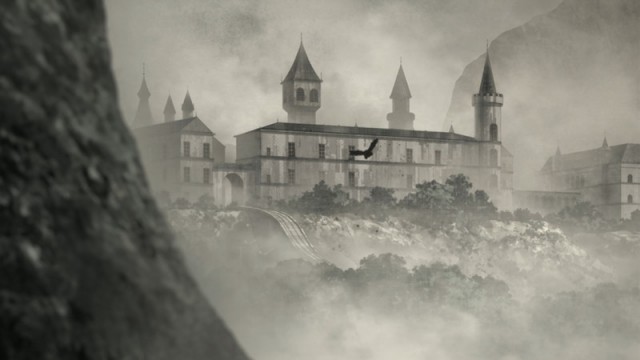
As mentioned above, can you see how the Shadow Family and the brainwashed coffee imbued with soot powers in this work bear a striking resemblance to the gentry and coffee of the Industrial Revolution? What sets this work apart is its horror-mystery feel, centered around the era's transformation during the Industrial Revolution.
The Shadow Family Represents Ourselves
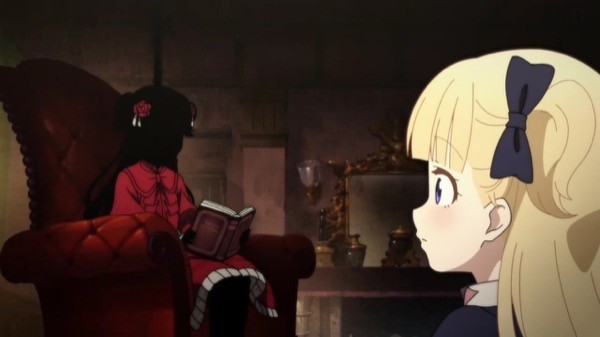
In this way, the Shadow Family represents the gentry class. They brainwash people in capitalist society, put them to work in factories, and enjoy life to the fullest. This is the true nature of us, the inhabitants of the capitalist world who currently live affluent lives in Japan. Their existence, stained not by blood but by soot, may resonate with us, who are supported by cheap labor in places like Africa.
What message does it convey to the modern world?
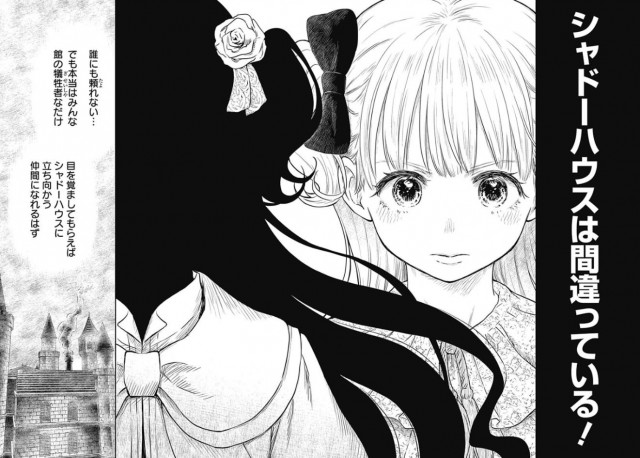
When you think about it this way, have you noticed how the Shadow Family can relate to us? Perhaps we too are trapped in the wealthy "shadow house" that is Japan. This work can also be seen as abstractly expressing the problems of capitalist society and asking us questions.
Summary
What did you think? This episode was quite a bold one, but did you enjoy it? At the very least, there's no doubt that this work depicts the mistakes of humanity during the Industrial Revolution, such as pollution and the striking resemblance to workers. Why not take the time to think carefully about what the artist is trying to say through these themes?

